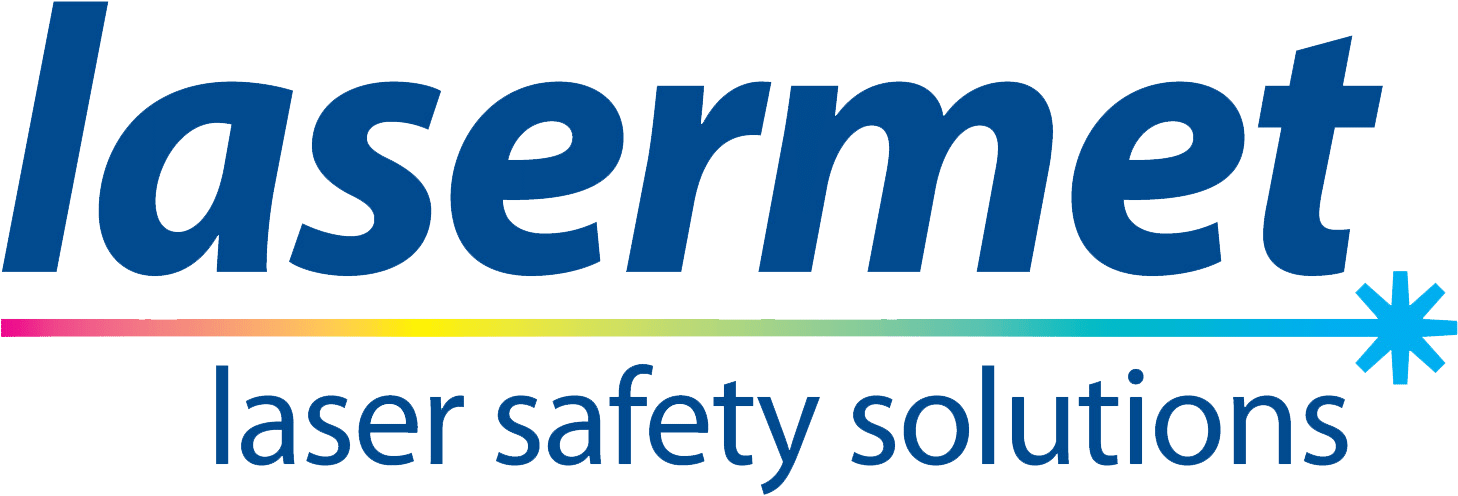The main differences in the standard relate to condition 2 (Magnifiers) where the measurement conditions have been changed to the following:
- 7mm aperture at 70mm for point sources and
- 3.5mm aperture at 35mm for extended (non-point sources).
Other changes are not detailed here but copies of the latest standard can be obtained from Lasermet.
Changes Made in the 2001 Revision of the Standard
A major revision of the European and International laser safety standards IEC 60825-1 and EN 60825-1 was carried out in the year 2000 and the new versions of the standards came into force on 1 Jan 2001.
The information below indicates some of the main changes from the previous 1994 edition
| Principal Changes | |
| 1 | Laser Classes 1, 2 and 3a have been replaced by New Classes 1, 1M, 2, 2M. Lasers previously classified as Class 1 or Class 2 are unaffected. Classes 3B and 4 are unchanged but some laser and LED products previously falling into Class 3B are now included in classes 1M, 2M or 3R. The new Class 3R covers lasers with accessible emission less than five times the Class 2 limit between 400 nm and 700 nm, or less than five times the Class 1 limit at other wavelengths. There is no class 3R for the range 180 nm to 302,5 nm. |
| 2 | The MPE and AEL tables have been changed to take into account new data for ultra short pulses. (10-13 to 10-9 s). In order to account more accurately for the damage mechanisms for longer exposure times, the MPEs have been radically revised between 400 and 600 nm for exposure times exceeding 10 s. In this range it will be necessary to calculate both the retinal photochemical hazard and the retinal thermal hazard, separately. The wavelength dependent term which previously existed between 550 and 700 nm, called C3 has, been dropped. It has been replaced by a wavelength dependent term applicable only to the retinal photochemical hazard between 450 and 600 nm, also called C3. A new variable gamma b (the angle of acceptance) has been introduced, operative between 400 nm and 600 nm. This is applicable only to the retinal photochemical hazard. Between 400 nm and 1400 nm the MPE/AEL equations differentiate between alpha <= 1.5 mrad (point source) and alpha > 1.5 mrad (intermediate or extended source). The term T2 has been introduced. This is dependent on source size (angular subtense) and affects the upper limit of exposure for long periods. |
| 3 | There have been some revisions to the measurement aperture requirements for accessible emission evaluation. IEC/EN 60825-1 (1997) allowed accessible emission to be measured with either 7 mm diameter aperture or 50 mm diameter aperture. The revised document introduces two conditions the most restrictive of which applies: Measurements are to be made with a 50 mm aperture at a distance of 2 m and a 7 mm aperture at ranges between 14 mm and 100 mm according to the apparent source size. Outside the wavelength range 400 nm to 1400 nm the 50 mm aperture is reduced to 25 mm. |
| 4 | Consequential changes have been made to the users section (section 3) and to the appendices. Appendix B ( Medical Considerations) has been revised. Two new appendices are included for the first time: An advisory list of information to be provided by manufacturers of LEDs to help users assess the hazard from these and an overview of the associated parts of the IEC 60825 – X series of standards (now in 14 parts). |
| 5 | The above is a selected summary of the changes which appear in the 2001 edition of IEC/EN 60825-1. There are many more detailed changes, some having significant effect, some being simply a cleaning up or clarification exercise. |
| What are the new Laser Classes? | |
| Class 1 | These lasers are safe under reasonably foreseeable conditions. (Unchanged) |
| Class 1M | These lasers are safe under reasonably foreseeable conditions provided optical instruments (magnifiers or telescopes / binoculars) are not used. There is no cap on the total output of the laser product (although the laser must not exceed the Class 3 B limit). These are likely to be lasers or LEDs with divergent beams but include products with wide collimated beams. |
| Class 2 | These lasers are visible (400 nm to 700 nm). They are safe provided the blink or aversion |
| Class 2M | These lasers are visible. They are safe provided no optical instruments are used and the blink or aversion responses operate. There is no cap on the total output of the laser (although the laser must not exceed the Class 3 B limit). These are likely to be lasers or LEDs with divergent beams but include products with wide collimated beams. |
| Class 3R | These lasers are visible. They are safe provided no optical instruments are used and the blink or aversion responses operate. There is no cap on the total output of the laser (although the laser must not exceed the Class 3 B limit). These are likely to be lasers or LEDs with divergent beams but include products with wide collimated beams. |
| Class 3B | These lasers are capable of causing injury. See existing standard. (Unchanged, but some products previously classified as 3B now qualify for class 1M, 2M or 3R). |
| Class 4 | These lasers are considered “high power”. For constant wave (CW) products, they have an output power exceeding 0.5 W. There is no upper limit to this class. (Unchanged). |
